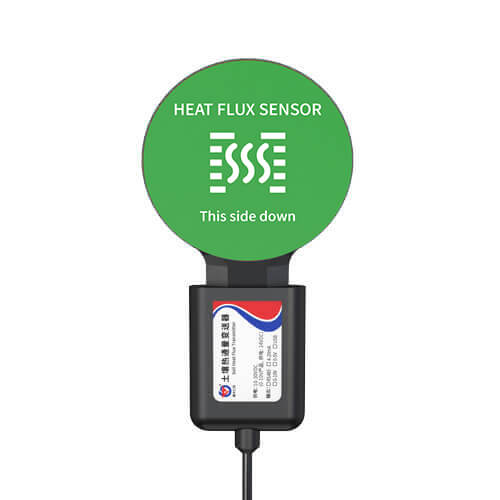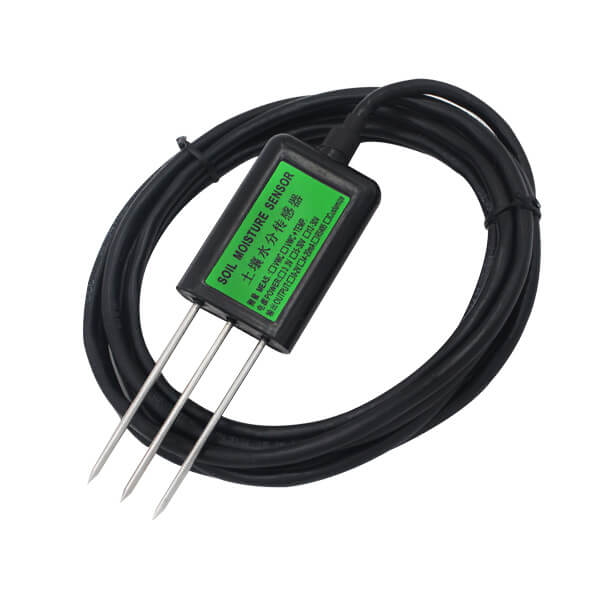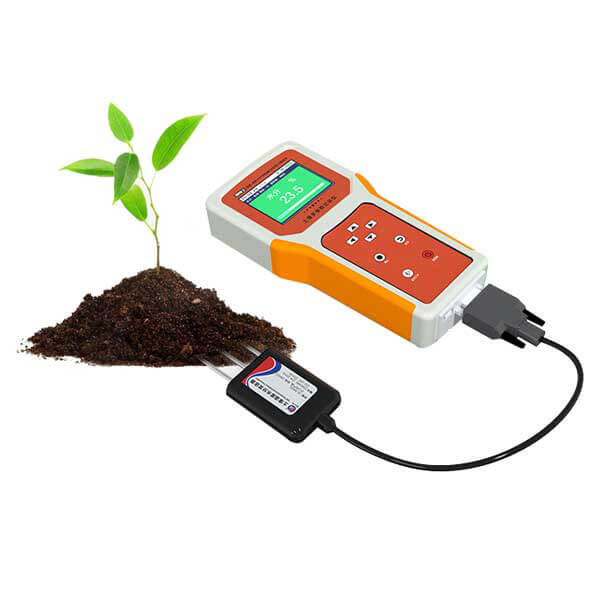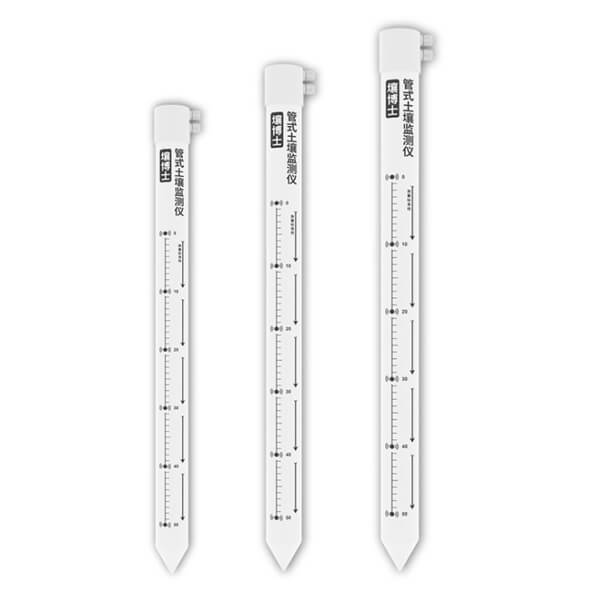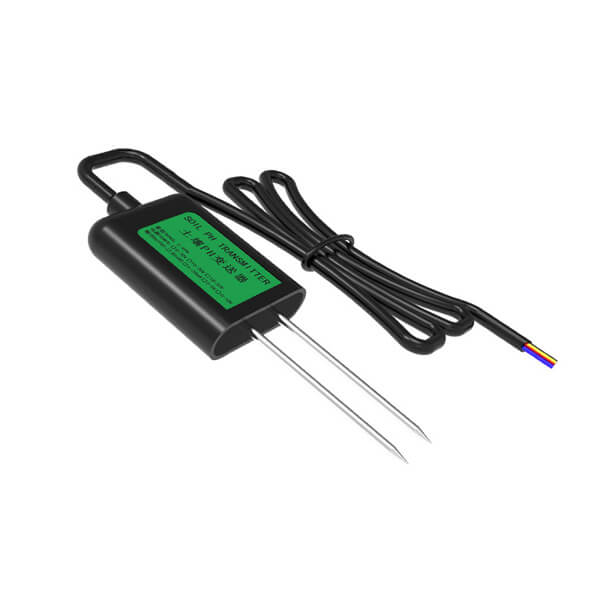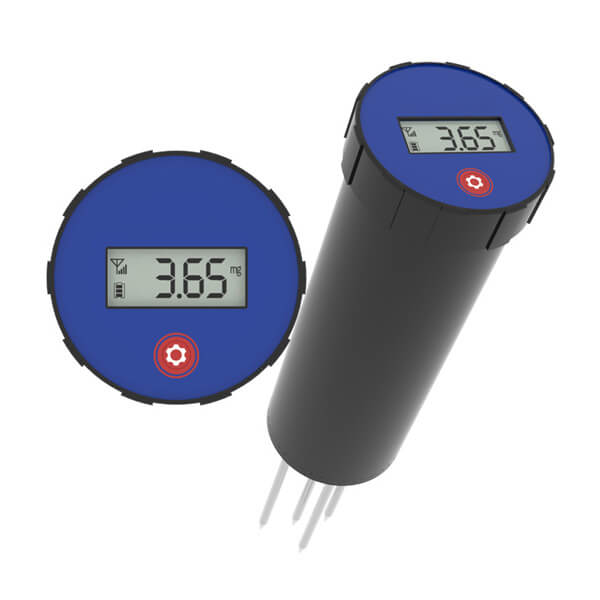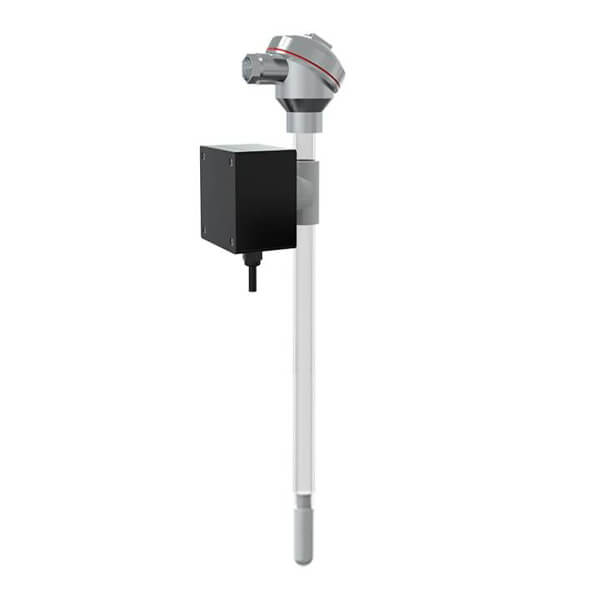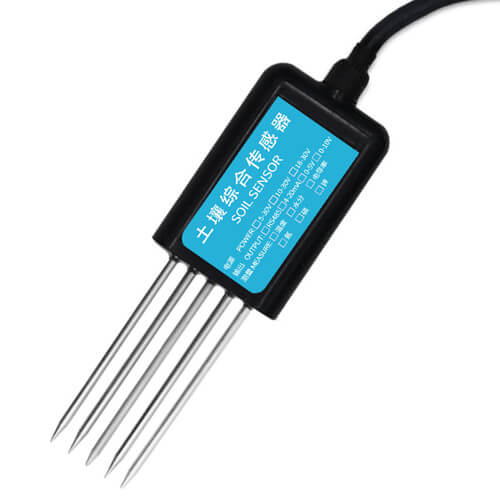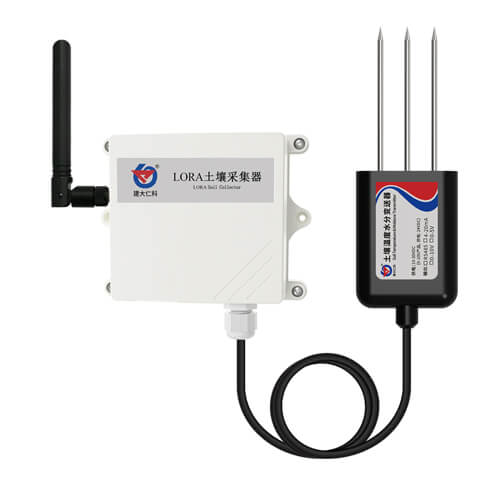Table of Contents The Automated Weather Station (AWS) is an important tool for meteorologists, environmentalists and other weather enthusiasts. It
Soil Heat Flux Plate
The soil heat flux plate, also called soil heat flux sensor. It can be used to measure the energy balance of the soil and the heat transfer through the soil layers. Renke soil heat flux sensor measure using a thermopile, which consists of two different metallic materials. The thermopile receives the thermal radiation and generates a temperature difference potential, which in turn leads to an algorithmic heat flux value.
- Model: RS-SHF-N01-TR-1-EX
- MOQ: 1 PCS
- Delivery date: within 24 hours
- Price:USD 92
Soil heat flux plate view
Our soil heat flux plate uses the standard ModBus-RTU RS485 communication protocol to directly read the current soil heat flux value without the need for a separate collector. Wiring is simple and easy to use. Soil heat flux panels are suitable for soil heat path analysis in geotechnical engineering, meteorological surface flux measurements, and soil heat transfer processes in scientific research.
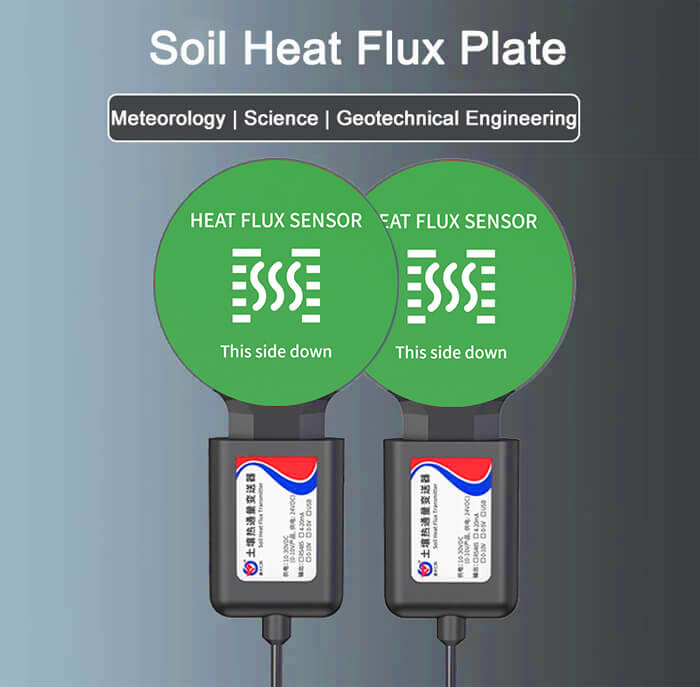
Parameter
Power supply: DC 5-30V
Max. power consumption: 0.3W (24V DC power supply)
Operating temperature: -40℃~+60℃
Measure range: -2000~2000 W/m2
Accuracy: ±5% (@±200W/m2)
Protection level: IP68
Sealing material: black flame-retardant epoxy resin
Wire length: default 2m, other lengths can be customized
Output signal: RS485 (ModBus protocol)
Soil heat flux plate installation
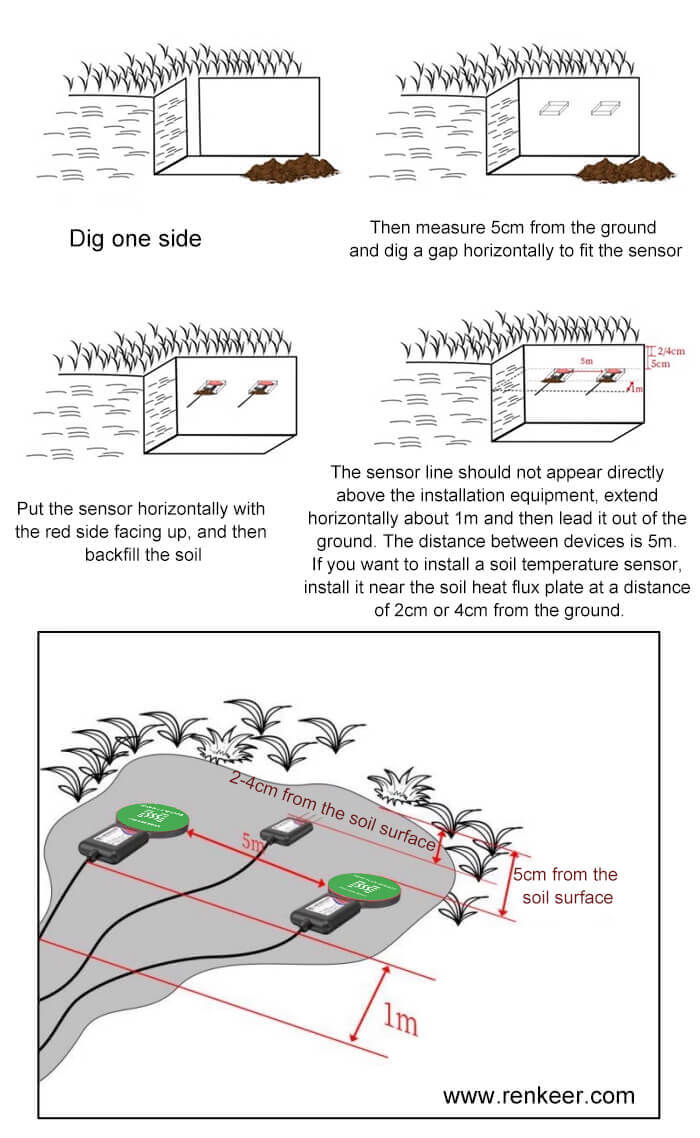
Cautions
1. In the field, it is difficult to find a measurement point that is representative of the entire area. Therefore, we usually recommend using two sensors on a measurement area larger than 5 m.
2. The sensitivity of the soil heat flux sensor may vary with the thermal conductivity of the surroundings. This is due to the fact that the nature of the surroundings and the soil is unknown and also varies with the soil moisture content. A heat flux sensor has a thermal conductivity of 0.8 W/(m-K), while the thermal conductivity of soil can vary between 0.2 and 2.5 W/(m-K). The thermal conductivity of sand grains under relatively dry conditions is about 0.8 W(m-K) and can reach 2.5 W/(m-K) when saturated with water.
3. Changes in temperature can actually affect the accuracy of heat flux sensors.
4. For various practical and scientific reasons, the equipment must be installed under the soil and not directly on the soil surface. First, mounting on the surface would distort the flow of moisture, and the measured heat flux would no longer be representative of the heat flux in the surrounding soil. Second, the absorption of solar radiation would not be representative. Third, the soil heat flux plate will be more fragile. Soil heat flux plate for meteorological applications is typically buried approximately 5 cm below the soil surface. Installations at depths less than 5cm are not recommended. Typically, the top 5cm of the soil heat flux plate provides sufficient stability to ensure stable measurement conditions. Installation at depths greater than 8cm is not recommended because at larger installation depths the measured heat flux does not reflect the value at the soil surface.
5. The soil heat flux plate is IP68 rated and can be immersed in water in its entirety.
6. Please keep the red side facing the soil surface and the blue side facing the soil depth when installing. If installed backwards the actual output will be the opposite of the actual heat flux value.
FAQs
Soil heat flux plays an important role for the Earth. First, it has a significant impact on the Earth’s energy balance and climate change. Secondly, soil heat flux can also affect the distribution of soil moisture and evaporation process. When soil heat flux is high, soil temperature increases and the rate of water evaporation increases, which leads to a decrease in soil moisture content. Finally, soil heat flux can also affect soil biological activities and plant growth. Changes in soil heat flux can directly or indirectly affect the structure and function of soil ecosystems.
Most meteorological experiments show that the main source of energy during the day is downward solar radiation. The maximum power of the sun is about 1500 w/m2 Under clear sky conditions and at low latitudes, solar radiation is either reflected or absorbed by the soil. The absorbed heat is divided into evaporation of water, heating of ambient air and heating of soil. At night, the sun disappears and the net irradiance is upward. The soil then releases energy to the sky through far-infrared radiation. The maximum upward net irradiance is about 150 W/m2 under clear sky conditions. The heat flux in soil at a depth of 0.05 m typically ranges from -100 to +300 W/m2.
The soil heat flux plate is a traditional soil thermal property tester used to measure the energy balance of the soil and the thermal conductivity of the soil layer.
The soil heat flux sensor measure using a thermopile, which consists of two different metallic materials. The thermopile receives the thermal radiation and generates a temperature difference potential, which is then used to derive the heat flux value according to an algorithm.
Soil heat flux plates are widely used in meteorological monitoring, scientific research and geotechnical engineering.
Installation should ensure that the sensor is in good contact with the soil to avoid air gaps that can affect measurement accuracy. The sensor should be placed horizontally at the target depth and secured to prevent movement. At the same time, select representative soil sample points and environmental conditions to avoid human interference.
Our heat flux plates are calibrated at the factory and do not need to be calibrated twice. If calibration is required, please contact a technician for guidance.
Regular cleaning of the surface and regular calibration.
Our soil heat flux plates have a measurement accuracy of ±5% (@ ±200W/m2), which meets the measurement requirements of most locations.
Renke heat flux plates are made of black flame retardant epoxy resin material and are sealed to IP68 rating to work even in harsh environments.4o
Other popular sensors
Table of Contents What is soil water? Soil water is a general term for all forms of water in the
Table of Contents What is Modbus? Modbus is a serial communication protocol used for communication with Programmable Logic Controllers (PLCs).
The commonly used communication method for data acquisition and control is RS485. RS485 is a general communication standard. It can
Table of Contents Many countries in the world are facing the problem of water shortage. Drinking water and irrigation water
Table of Contents A wise gardener knows how to grow up plants and flowers healthily in the garden. Because he
The main purpose of environmental monitoring is to provide data on environmental quality and changing trends to ensure the safety
The weather sensors are the sensing end of the weather station and collect various weather-related data. The weather station can
Soil moisture sensors are also known as soil moisture meters. It is mainly used for measuring soil volumetric water content,
Agricultural irrigation mainly refers to irrigation operations carried out in agricultural farming areas. Agricultural irrigation methods can generally be divided

